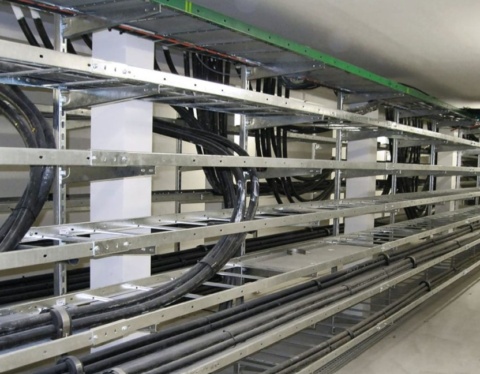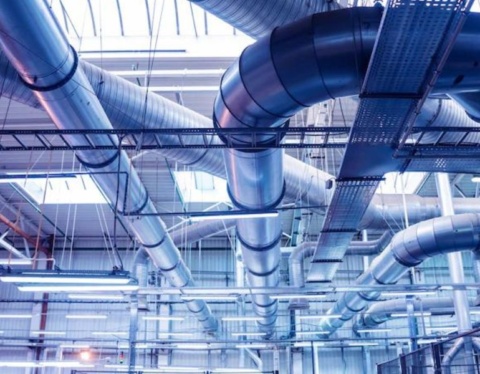Initially, copper rods wrapped in jute were used to construct power wires. Both components were then inserted in rigged pipes containing a bituminous compound (which provided durability and waterproof protection). Since then, electric cables with vulcanized rubber insulation, armored cables, aluminum wires, 2-wire-PVCs, and eventually 3-wire-PVCs have evolved (the latest trend).
5 Power Cable Specialties
Despite the abundant literature and widespread use of power cables, there are still some myths and lesser-known facts, five of which will be discussed below:
Conductivity
Copper is regarded as the conductivity champion by the majority of people, and in most circumstances, they are accurate! Due to its abundance of free electrons, copper wire has very efficient heat and electrical conductivity. In the 1960s and 1970s, aluminum wires emerged as a cheaper alternative to copper. Unfortunately, their performance and popular approval were swiftly forgotten.
While copper has a resistivity index of 58.7, aluminum’s score is 36.9, making it no slouch. In addition, an aluminum wire weighs half as much as a copper wire. Lastly, as aluminum has one of the greatest recycling rates, it is substantially more accessible and less expensive than copper.
Aluminum wire shines in industrial processes (because to its enhanced flexibility and resistance) and long-distance projects (for being lightweight, more malleable, and inexpensive).
Current Transport Capacity
The current-carrying capacity of a conductor is the total amperage it can withstand before melting the insulation or the conductor. Despite what some may claim, electrical lines cannot continue to carry the same amount of electricity eternally.
Section Area: according to science, the greater the circular area on a conductor, the greater its ability to convey current.
Temperature: Hotter conditions will reach the insulation’s maximum temperature sooner than cooler ones.
Conductors: the greater the number of bundled conductors, the lower the ratio of heat dissipation.
Various installation techniques (ducts, trays, conduits, and raceways) might limit the heat dissipation ratio. Using forced-air cooling systems and ventilation techniques, you may circumvent this issue.
Durability
Although this may seem to be the fault of the manufacturer, we assure you that this is not the case in most circumstances. Before reaching market shelves, power cables are subjected to a series of stringent quality testing. However, it is rather frequent to hear that power cords do not last as long as people would want, but we can explain why:
First, not all manufacturers have the same mentality. If utilized under the tested conditions, the technical specifications of power cables will stay correct for the longest duration.
Second, not all electrical wires are identical. If you’re attempting to utilize subpar power cords for a large-scale project, it’s not surprising that they won’t endure. In addition to the danger of accidents.
Lastly, installation reigns supreme. You might have a market-leading brand and an appropriately sized project with the necessary power cords. However, if the installation is improperly executed, none of these variables will matter.
Damage Protection
Cable armors, also known as SWA (steel-wired armored) cables, were designed specifically for underground installations, cable and power networks, tunnels, and ducts for use with the main-grid electrical supply. These armors boost the tensile strength of a cable (the amount of force and stress a material can endure in combination with how much it can be stretched without deforming or breaking).
They do not, however, provide protection against all types of physical impacts in all circumstances. Under sufficient stress or strain, cable armors might compromise the cable’s integrity if applied improperly.
Moisture Protection
As previously stated, cable armor is intended to boost a material’s tensile strength. No matter how hard they try, armor cannot protect your wires from extended exposure to wetness. Excessive humidity will certainly cause the armor to deteriorate, leaving wires exposed to the environment.
If your project needs protection against moisture or submersion in water, there are additional cable and jacketing alternatives available.
Conclusion
A well-executed installation will say volumes about your work while ensuring that you will not have any problems or unwarranted client complaints for years to come.
Combine your superior abilities with market-leading items such as Altura, cable wire manufacturer Qatar, Power Cables, and Altura Concentric Conductor Power Cables. As a consequence, you’ll become an expert at completing transactions while retaining clients throughout the year.
Safety first (at all times) and customer satisfaction will serve as the cornerstones of your company concept.




